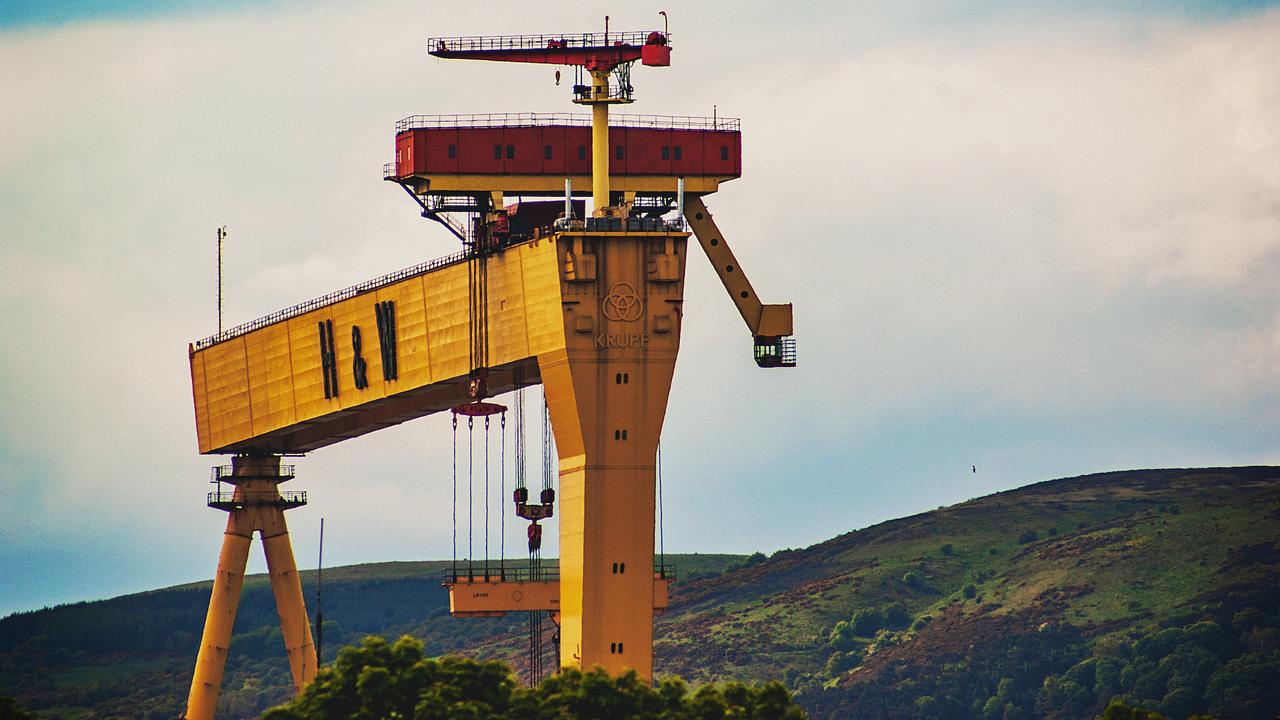
Every overhead crane essentially serves the same function. They make it easier for people to move heavy objects around a site while on a project. However, not every crane is exactly the same, and different types of overhead cranes are better suited for specific tasks. This can make it confusing for someone who isn’t sure what exact piece of equipment they require for their upcoming project. This guide outlines some common uses of cranes, so you can find the right one for your needs.
When to use different types of overhead cranes.
Gantry crane.
Gantry cranes have a movable framework attached to a lifting mechanism that can lift very heavy pieces of material. They come in various sizes, which gives them versatility in their uses. On the smaller side, you might see a gantry crane in an auto body shop. Mechanics use it to hold up heavy parts while they work, such as a detached engine. They can also be rather large to the point that shipping professionals use them to transport entire shipping containers on a rail yard.
Jib cranes.
Unlike different types of overhead cranes, the jib crane can be floor mounted using their own dedicated support, or they can mount to a building’s support beam. It’s built with an electric chain hoist that you can rotate by hand, making it very efficient at performing many lifts over short distances. You typically use jib cranes in the production and assembly lines found in factories. While it’s an effective option for short distance needs, it typically maxes out at one ton of carrying capacity, so it’s not ideal for heavier projects.
Bridge crane.
While different types of overhead cranes are mobile, the bridge crane is stationary. It’s supported by a beam and has a movable bridge that travels on beams suspended from overhead. The bridge crane has a unique design that allows it to move high capacity loads left and right, up and down, and across the floor. This multi-directional material transportation makes it a fantastic piece of machinery for manufacturing, storage facilities, and loading and unloading operations in an industrial facility.

Monorail crane.
If bridge cranes are the best option for multi-directional transportation, the monorail crane is best suited for moving material back and forth in a straight line. They use a trolley to carry the hoist along a single path without the need for a bridge or girder. Instead, they connect to an I-beam that’s usually built into the ceiling structure. The rail can have curves, branches, or switches, which makes it useful in production or assembly lines. It’s a more cost-effective option when a full-blown crane design isn’t needed.
Workstation crane.
Workstation cranes differ from the other different types of overhead cranes mentioned in that they are designed for lighter duty applications and repetitive jobs. They’re smaller than other overhead cranes, and they can easily be relocated. This makes them perfectly suited for manufacturing activities that require transporting materials from one process to the next. They’re also great for rented facilities or when workflow changes are necessary, because they aren’t built into the facility itself.
Are you interested in learning more about different types of overhead cranes?
Then contact the experts here at T&M Cranes. Delivering tons of solutions since 1974, we specialize in overhead cranes, hoists, parts, and ongoing service. We don’t just offer new cranes and hoists, though. T&M Cranes also offers inspections, upgrades, and years of expertise to ensure you always have the right equipment for the job. You can browse all of our available overhead cranes online, or contact us to tell us about your upcoming project.